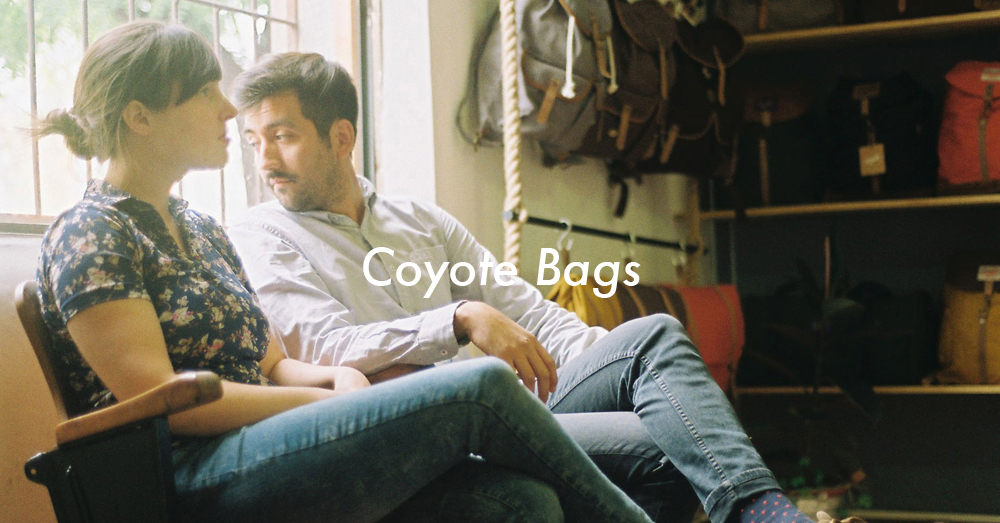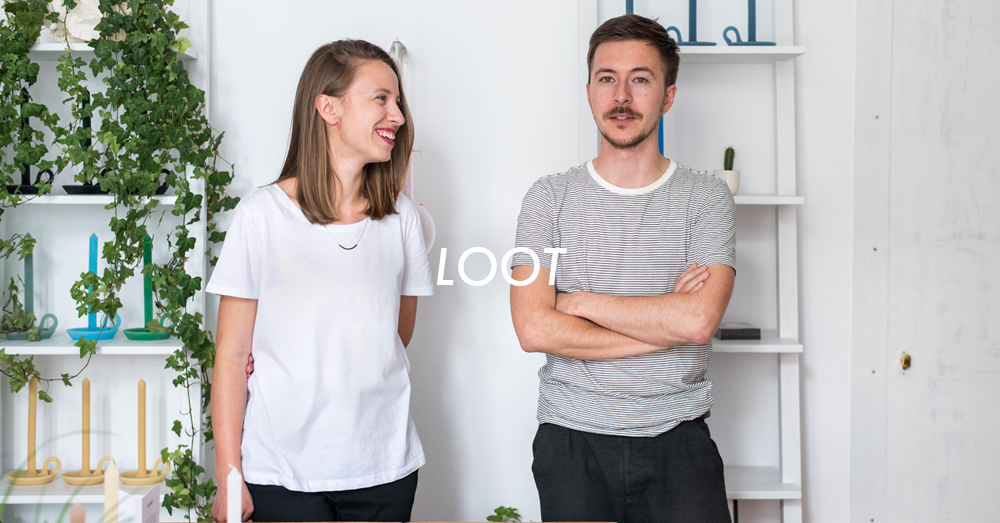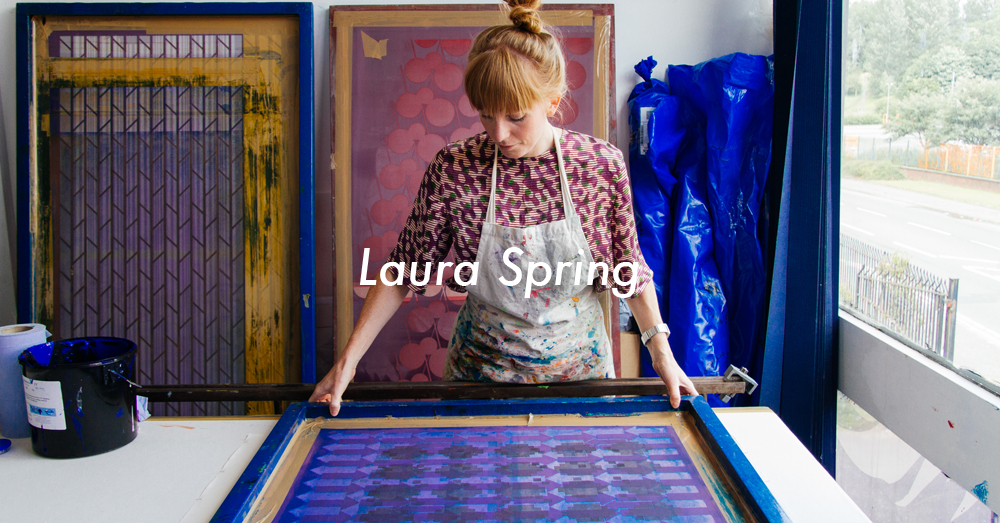Eliana Ochoa
POL
POL is a textile brand by Argentinian designer Eliana Ochoa, founded in 2018 in her hometown Mar del Plata.
POL originated as a project for Eliana to experiment with different textiles whilst championing the value of craftsmanship, the slow fashion philosophy and local production.
Photos by Mariana Pacho López
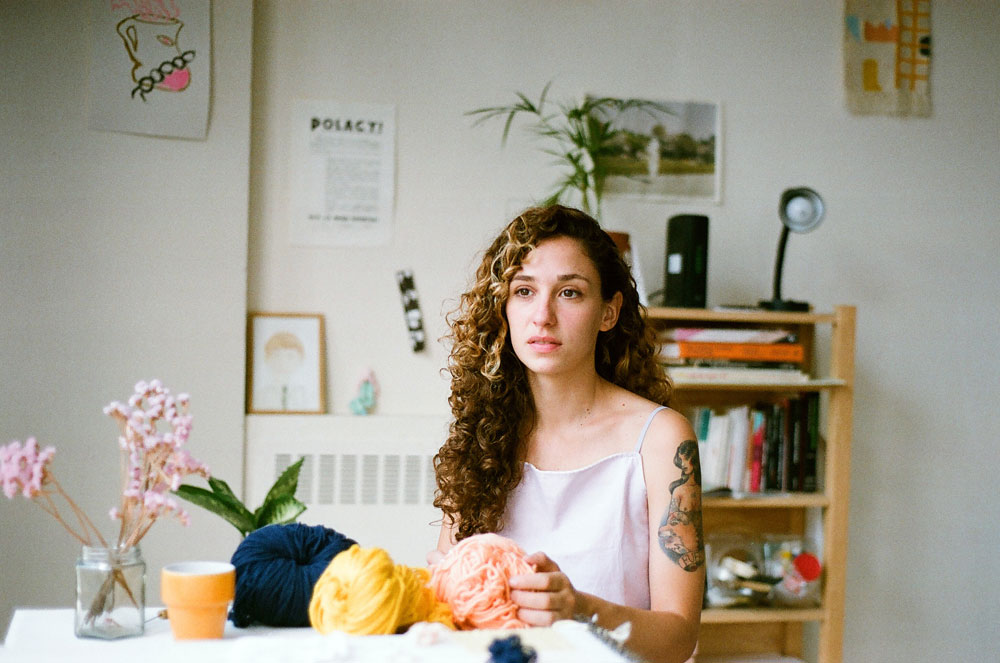
Can you introduce yourself and tell us about your background and education?
I studied Fashion Design at the Superior Institute of Design Andrea Palladio and in 2011 I got my degree. When I was a girl I attended my city’s dance school and nowadays I’m studying Philosophy at the University of Mar del Plata. There’s something in me that always needs to be in touch with creativity.
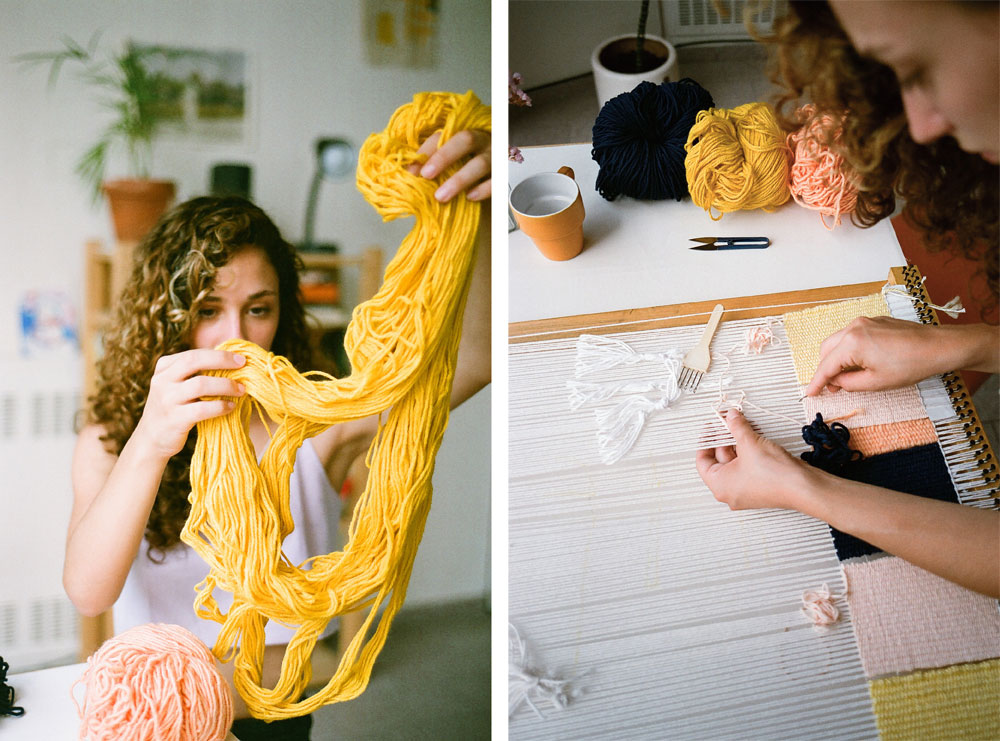
Can you talk us through some of your other projects besides POL?
My new personal project, POL, started in 2018 but a few years ago, when I finished my degree, I had another one called Ceres Peces, along with my friend and classmate Victor Navarro. A project full of love in which we made feminine and unisex garments with simple elements – geometry, colour and attention to detail were our main premises.
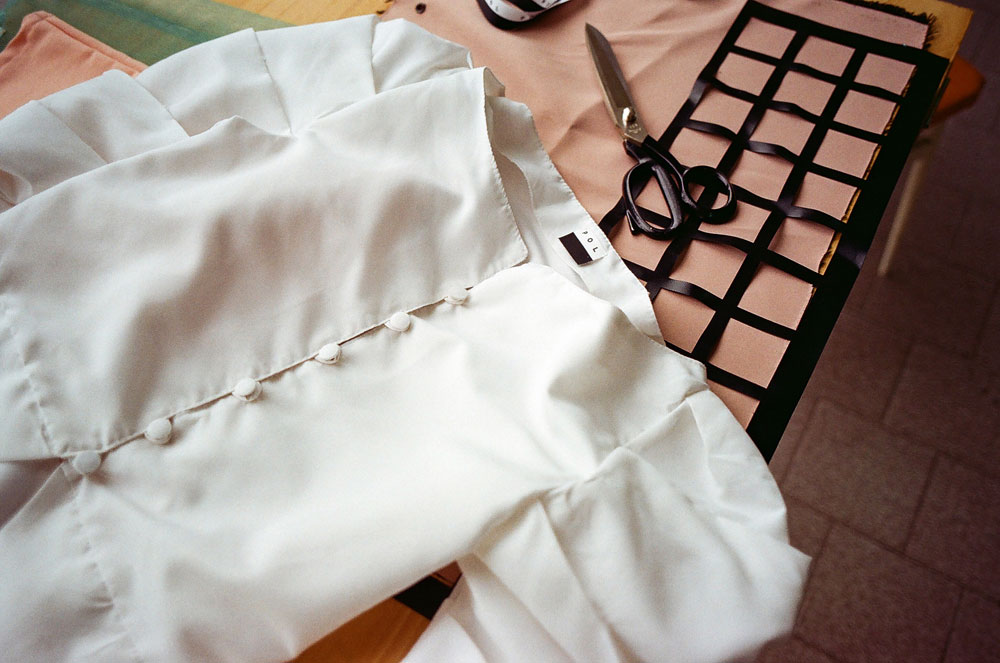
What is the idea behind POL and what made you start this project?
The idea behind POL is to build my own space of creation, one that allows me to experiment with different textile objects: garments, accessories and tapestries. Creating unique pieces that safeguard the value of craftsmanship, the ‘slow fashion’ philosophy and local production.
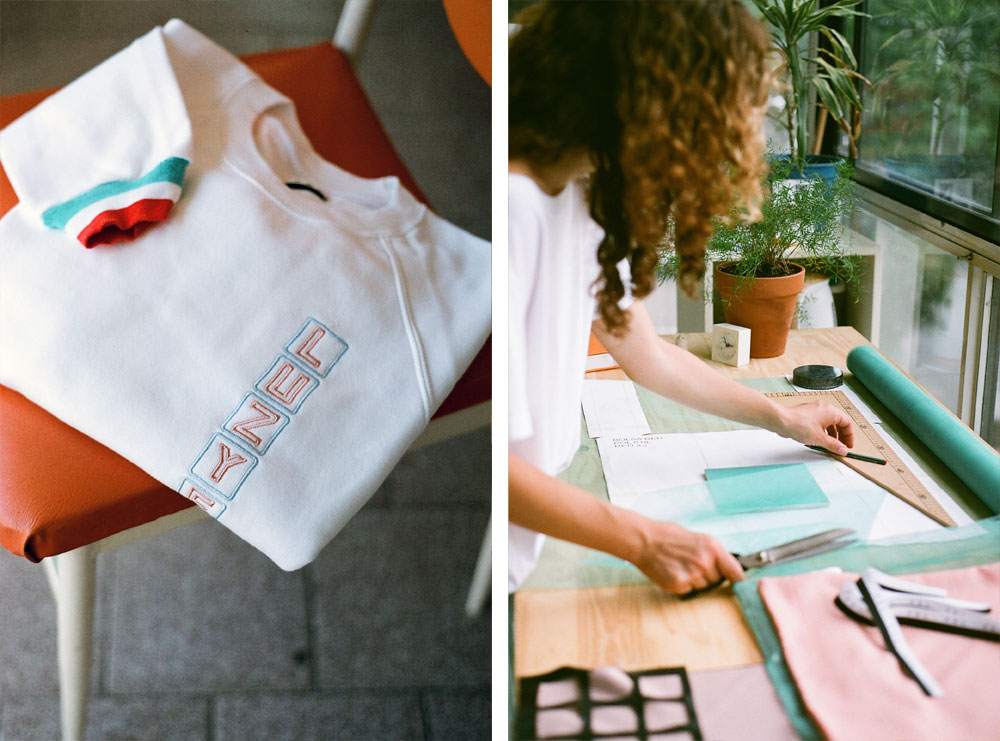
How do you define POL’s aesthetics?
With POL, I want to transmit the delicacy of intimacy – an artistic game in which simply shaped garments and objects show us the importance of detail, fragility, colours, geometry and identity.
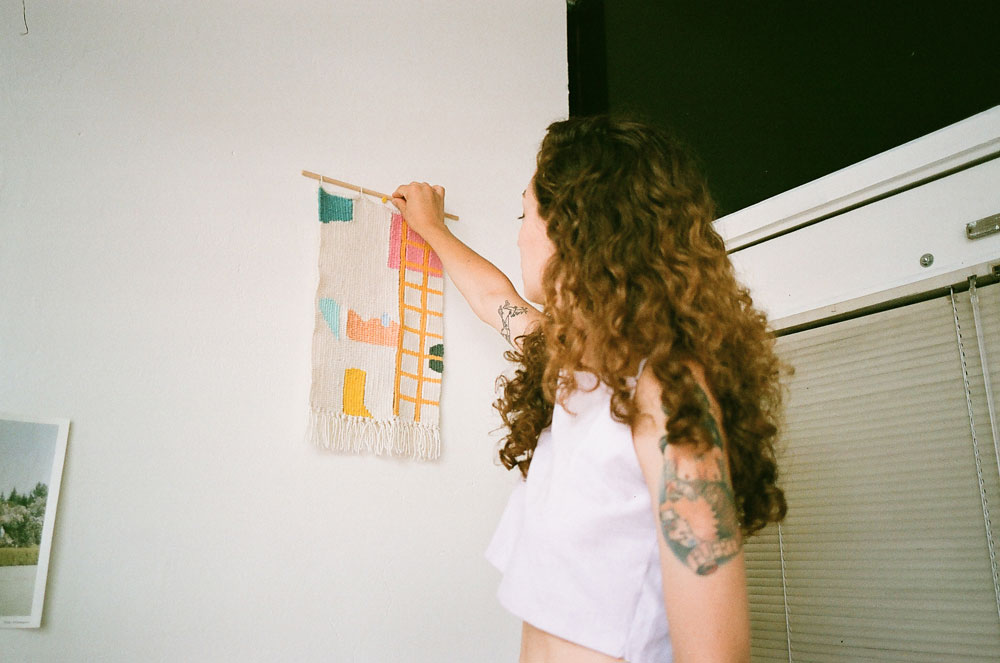
Can you tell us about your design process? How do you transform an idea into a garment?
I’m quite methodical in my design process. It all starts by collecting things that inspire me – it can be movies, places, clothes of other designers, anything. I print images of my research on boards, together with keywords that I use as references to start drawing. During this process, the final designs end up almost creating themselves. The remaining step is defining the materials, adapting them to the possibilities that I find and defining which will be the simplest way to produce the garments.
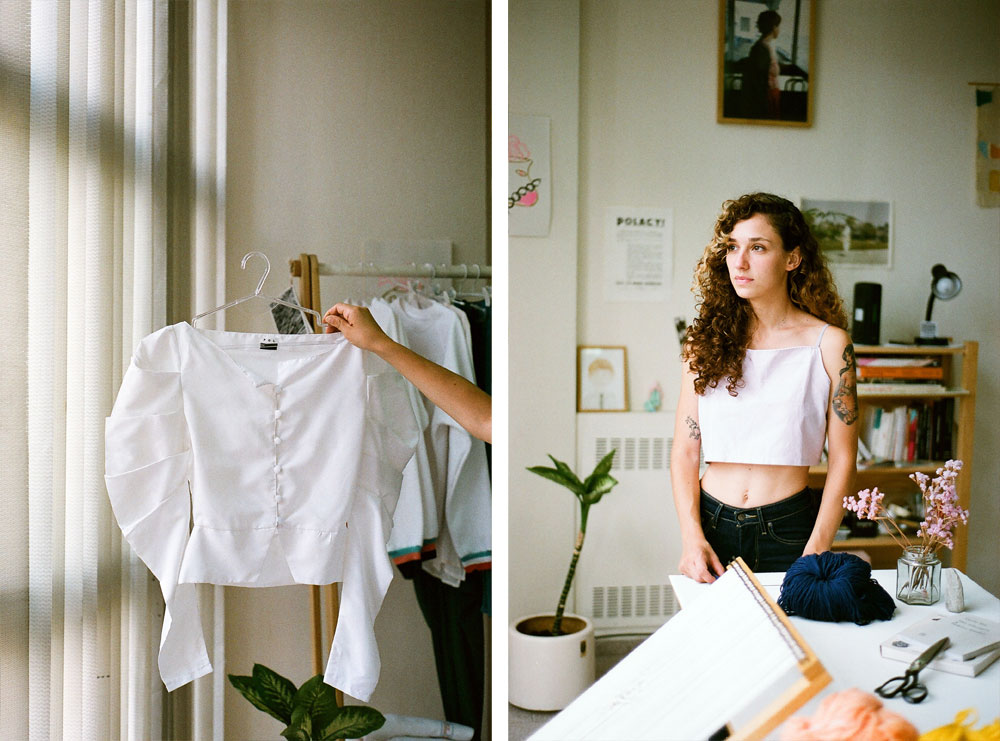
Who is the customer you’re designing for?
POL garments and objects are designed to transform with each client. They can transmit delicacy but also sensuality, something avant-garde but also trendy, in order that whoever chooses a POL garment has to fall in love with it and make it their own.
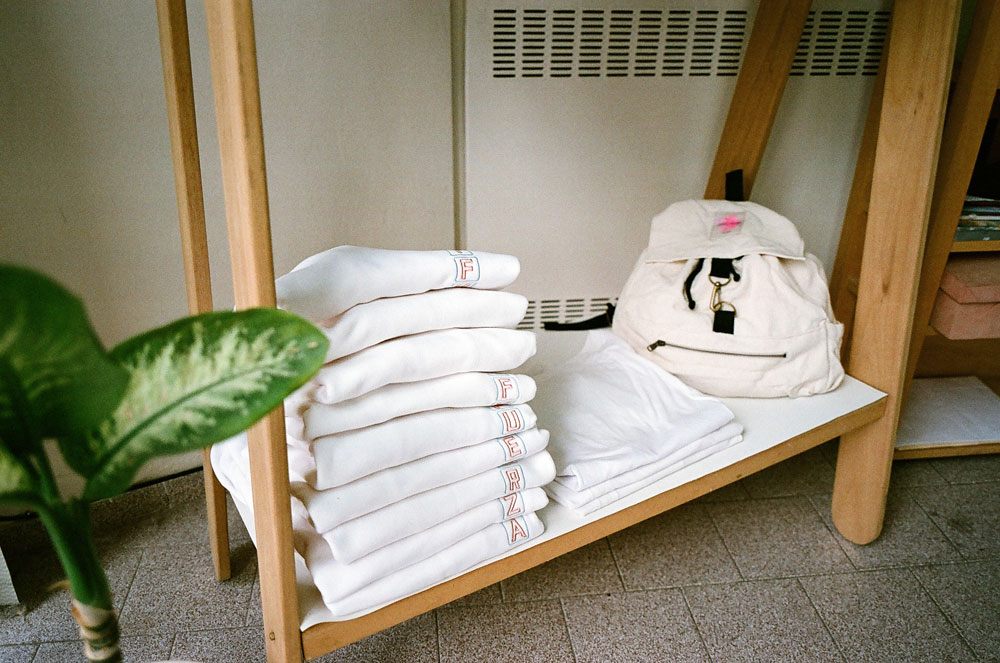
Can you take us through a normal day at your studio?
The work atmosphere at my studio is quite relaxed, since I don’t usually follow a routine and the tasks I do vary. One day I can do sketches only, another I may be involved in more intense work cutting some pieces, or I can spend hours knitting a tapestry. The space is also a meeting point for my friends, who may come visit to do something together or work on their own projects.
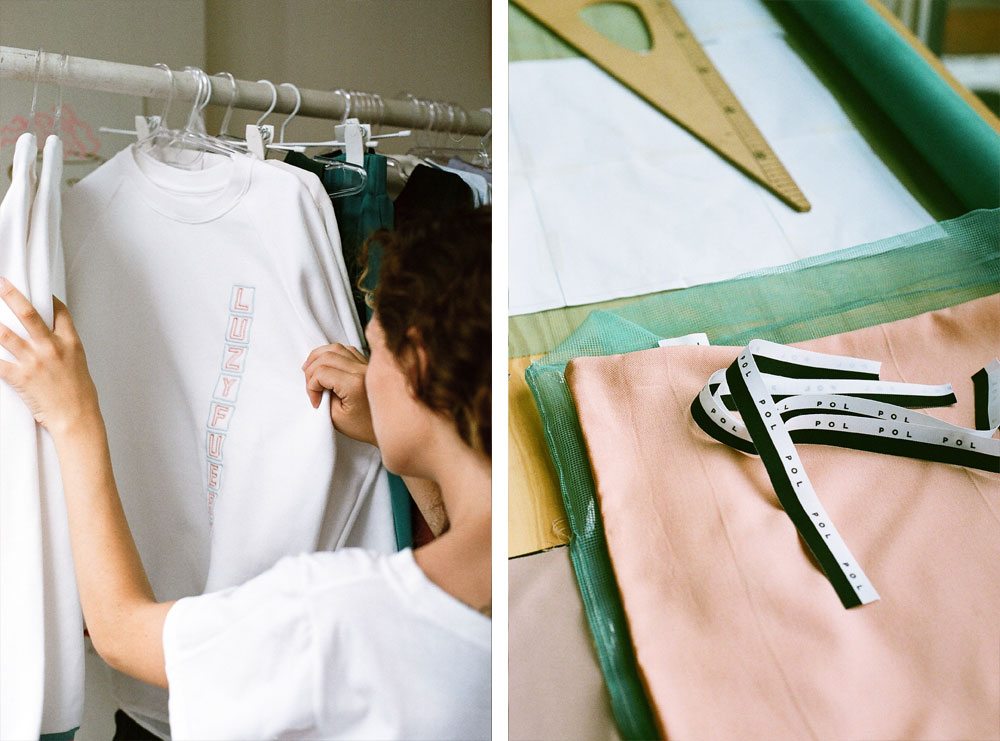
What are some of your plans for the upcoming months?
My plans for the coming months are to develop the next POL collection, design the costumes of a play and prepare a small capsule collection in conjunction with Tundra, another independent brand from my city. I also have the idea of making rugs and carpets on a larger scale, although for now it is more of a long term project

How does living in Mar del Plata influence your work?
Mar del Plata is a very particular city. It is a tourist city by the sea, so in summer it’s full of people who come on vacation and in winter it becomes a more desolate and poetic place. The climate is very cyclothymic and goes with this movement of people. We are also near the capital, Buenos Aires, so we have contact with it but keeping a ‘small town’ spirit. The city’s bipolarity ends up influencing the way we are and the identity of the projects we generate.
And it is precisely that ambiguity, that love / hate that generates me, what I like the most about my city because it gives you the chance to enjoy summer at the beach – in less than an hour away you can find calm and natural beaches – and in winter, when it is empty and gray days are common, you can take long walks along the city coastline and enjoy the tranquillity, the architecture, the cold and the sea.

